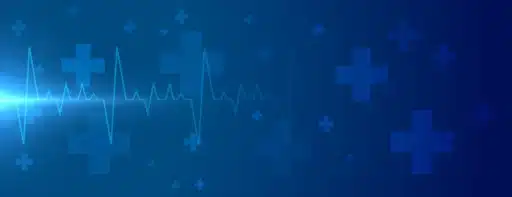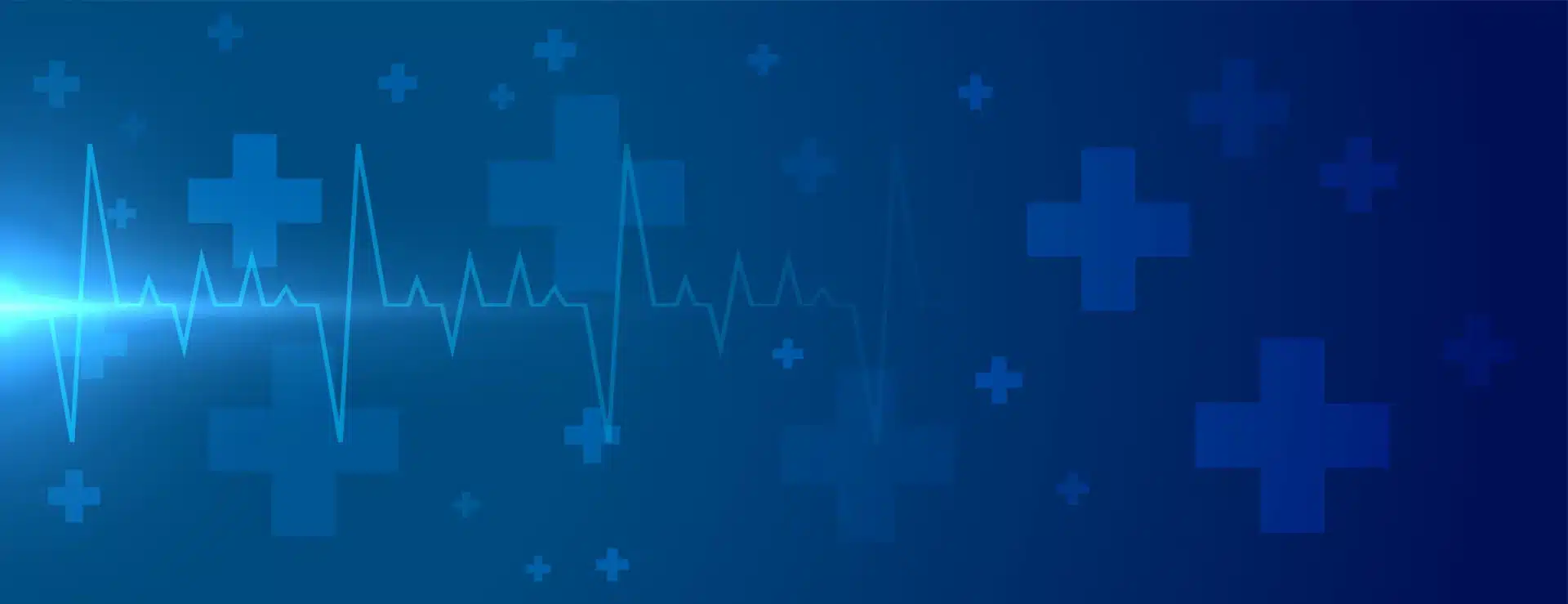Table of Contents
The spine plays a crucial role in our ability to move and provides support. Yet, it can wear down over time. Degenerative disc disease means the spinal discs are worn out. This often leads to pain and affects how we live. Knowing the symptoms of degenerative disc disease is important for people with ongoing back or neck pain. This condition doesn’t just affect the lower back. Neck degenerative disc disease can cause a lot of pain and stiffness in the neck area. Catching degenerative disc disease symptoms early is key. It helps in getting timely treatment and managing this long-term problem.
When this disease hits the cervical spine, symptoms like numbness or tingling might appear in the arms. This shows how the disease can affect both the lower and upper parts of the spine, including the neck.
It’s really important for people with degenerative disc disease neck problems to recognize these symptoms early. Doing so can lead to better flexibility, less pain, and a happier, more active life. This applies even when dealing with degenerative disc disease in neck areas or elsewhere in the spine.
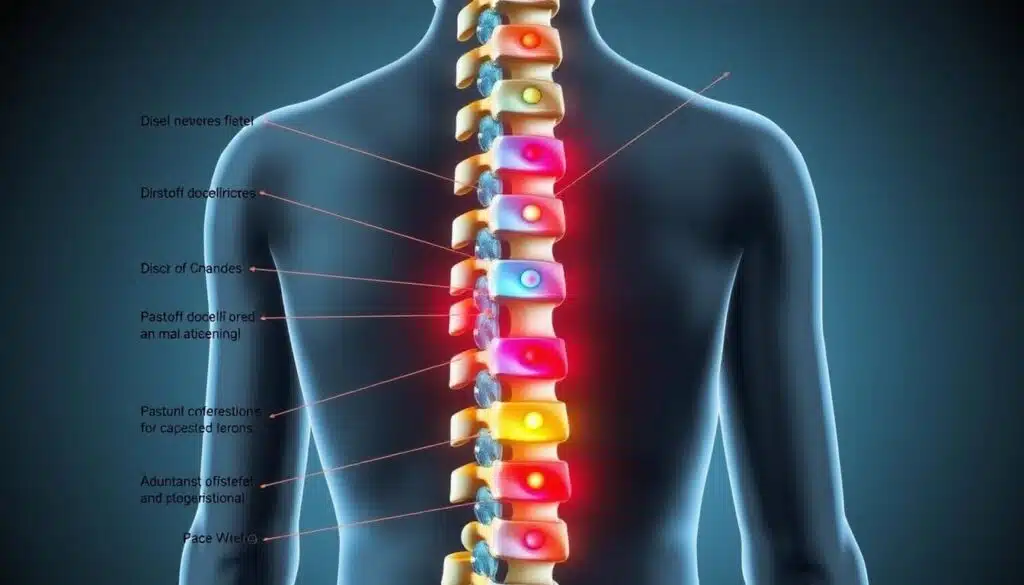
Key Takeaways
- It’s very important to catch degenerative disc disease early for effective management.
- Neck issues can lead to numbness or a tingling sensation in the arms.
- The symptoms can be felt all along the spine, from neck to lower back.
- Knowing what to look for helps in getting the right help sooner.
- Being informed about the disease helps keep flexibility and quality of life.
What Is Degenerative Disc Disease?
To grasp what degenerative disc disease is, know it’s about our spinal discs wearing down over time. This often leads to less spine flexibility, causing pain and limiting how much we can move.
The Basic Science of Spinal Disc Degeneration
At its heart, degenerative disc disease means our spinal discs lose their elasticity. These discs work like shock absorbers, helping us bend and twist. But as they dry out and break down, they can’t cushion our spine as well.
What makes these discs break down? It’s several things, including daily wear and tear, inflammation, and changes from getting older. All these factors lead to the discs slowly deteriorating.
Causes and Risk Factors for Degenerative Disc Disease
It’s key to know why degenerative disc disease happens to manage it well. Getting older is a big part, as discs wear down over the years. But your genes, exercise habits, and hard physical work can affect it too.
Being overweight also puts extra pressure on our spine. This additional weight makes the discs wear out faster.
The reasons behind degenerative disc disease are complex. They involve genetics, how we live, and our environment. Knowing these can help us handle the disease better.
Here’s a simple way to look at what increases the risk of this disease:
- Age: The older you get, the higher the risk.
- Physical Activity: Too much or too little exercise both have impacts.
- Genetic Predisposition: If your family has a history of this, you might too.
- Nutrition and Lifestyle: Bad eating habits and smoking also play a role.
By understanding these risks, we can try to slow down disc degeneration. Making changes in our lives might help manage the condition.
Early Signs and Symptoms of Degenerative Disc Disease
Spotting the early signs of degenerative disc disease is key. It helps manage the disease early on. Knowing what to look for can make a big difference.
Early warning signs include pain in the back or neck. This pain often comes and goes. It can get worse after sitting for a long time but gets better with movement.
Other signs are stiffness in the spine when you wake up or after resting. Your spine might also be less flexible, making some movements hard or painful.
- Mild to moderate back or neck pain
- Stiffness in the morning
- Pain that improves with movement
- Limited flexibility
It’s important to know what are the 4 stages of degenerative disc disease. This knowledge helps in understanding the disease progression.
- Dysfunction: Minor changes and fissures in the disc.
- Instability: The disc space reduces, possibly causing instability.
- Stabilization: Bones develop growths to stabilize the disc.
- Advanced degeneration: Major changes with a significant decrease in disc height and mobility.
Recognizing these stages and symptoms is crucial. It leads to better outcomes through timely medical help and treatment strategies.
How Degenerative Disk Disease Affects the Lumbar Spine
The lumbar spine plays a key role in our back’s health and function. That’s why degenerative disc disease in this area is a big concern. It often targets the lower lumbar area, and the L5-S1 disease can cause a lot of pain and make it hard to move.
Talking about degenerative disc disease lumbar, we see it’s common and can really affect people’s lives. It usually brings on chronic lower back pain, which is a top reason why people can’t work. The lumbar spine’s job to support weight and allow movement makes it prone to getting worn out.
Lumbar Degenerative Disc Disease ICD 10 Code and Diagnosis
The medical world often uses the ICD 10 code M51.36 to diagnose lumbar degenerative disc disease. To diagnose, doctors look at the patient’s symptoms and may use MRI or CT scans. These scans help them see what’s going on inside the spine.
Understanding L5-S1 Degenerative Disc Disease
The degenerative disc disease L5-S1 impacts the disc between the fifth lumbar vertebra and the first sacrum vertebra. This area is crucial, so damage here can greatly reduce how well we move and cause severe pain.
Doctors might use physical therapy, medicines, or even surgery to help patients with this condition. They choose the treatment based on how bad the degeneration is and the symptoms the patient has.
Recognizing Cervical Degenerative Disc Disease
Cervical degenerative disc disease is a condition that worsens over time. It affects your neck’s discs, causing pain and problems with moving. Knowing the symptoms and medical codes is key to finding and treating it.
Degenerative Disc Disease in Neck C5-6 and C6-7 Symptoms
Neck pain, numbness, and less ability to move are common signs of this disease, especially in the C5-6 and C6-7 areas. These problems can spread to the arms. It shows the disease might be pressuring the nerve roots. People could feel a tingling that moves down from the neck to the shoulders and arms.
ICD 10 Cervical Degenerative Disc Disease: Understanding Medical Coding
The ICD 10 code gives doctors a set way to identify and treat this neck condition. It makes organizing patient info and treatment plans easier across different healthcare places.
| Symptoms | ICD 10 Code |
|---|---|
| Neck Pain | M50.2 |
| Radicular Pain in Arms | M50.21 |
| Numbness and Tingling | M50.22 |
Knowing the symptoms and correct ICD 10 codes is crucial. It helps patients and doctors identify the disease correctly. This leads to better disease management.
Differentiating Symptoms: Degenerative Disc Disease vs Other Conditions
It’s vital to understand the differences between degenerative disc disease vs herniated disc, degenerative disc disease and scoliosis, and the degenerative disc disease symptoms in neck. This understanding is key for the right diagnosis and treatments. We’ll explore how these conditions differ in symptoms, helping you get a clearer picture.
Chronic back pain is a common sign of Degenerative Disc Disease (DDD). This pain often gets worse with certain activities or after sitting for a while. On the other hand, herniated discs lead to sharp, shooting pain in different parts of the body. This happens because of nerve irritation or compression.
Symptoms of DDD in the neck include stiffness and pain. This can make moving your neck difficult.
Let’s look at how degenerative disc disease and scoliosis compare:
- Scoliosis shows up as an unusual sideways curve of the spine. This curve can be seen as a physical deformity.
- Degenerative disc disease causes the discs to wear down. This leads to pain even though you can’t see any curve.
Both conditions might exist at the same time. This can make diagnosis and treatment more complex. However, knowing the specific symptoms of each condition is key.
Below is a summary to point out these differences more clearly:
| Condition | Core Symptoms | Physical Appearance | Commonly Affected Areas |
|---|---|---|---|
| Herniated Disc | Sharp, shooting pain and numbness | Not outwardly visible | Neck, arms, lower back, legs |
| Degenerative Disc Disease | Chronic pain, worsens with activity | Not outwardly visible | Neck, lower back |
| Scoliosis | Visible spinal curvature, uneven shoulders/hips | Outwardly visible curvature | Entire spine |
Understanding these differences helps patients. It guides them to seek the right medical help. Knowing the specific degenerative disc disease symptoms in neck and how they vary from herniated discs or scoliosis is essential. This makes managing the condition more effective.
Multilevel Degenerative Disc Disease Explained
Multilevel degenerative disc disease affects more than one spinal disc. This makes diagnosis and treatment more difficult. It requires a detailed understanding due to its complexity. Such conditions mean symptoms and treatments are more complex. This leads to a need for a more detailed treatment plan.
Advanced Degenerative Disc Disease
Advanced degenerative disc disease is more severe than early stages. It greatly affects the spine’s strength, causing a lot of pain and less movement. In severe cases, it changes posture and life quality.
The Progression of Multilevel Degenerative Disc Disease
The stages of degenerative disc disease go from mild to very severe. The condition starts as mild multilevel degenerative disc disease. Then, it gets worse, affecting more parts of the spine. Catching it early and treating it is vital.
Here’s how multilevel DDD typically gets worse:
- Mild discomfort and manageable pain periods
- Pain becomes more frequent and sharp, hurting movement
- Daily life is significantly affected, needing doctor’s help
- Advanced stages need a lot of medical care
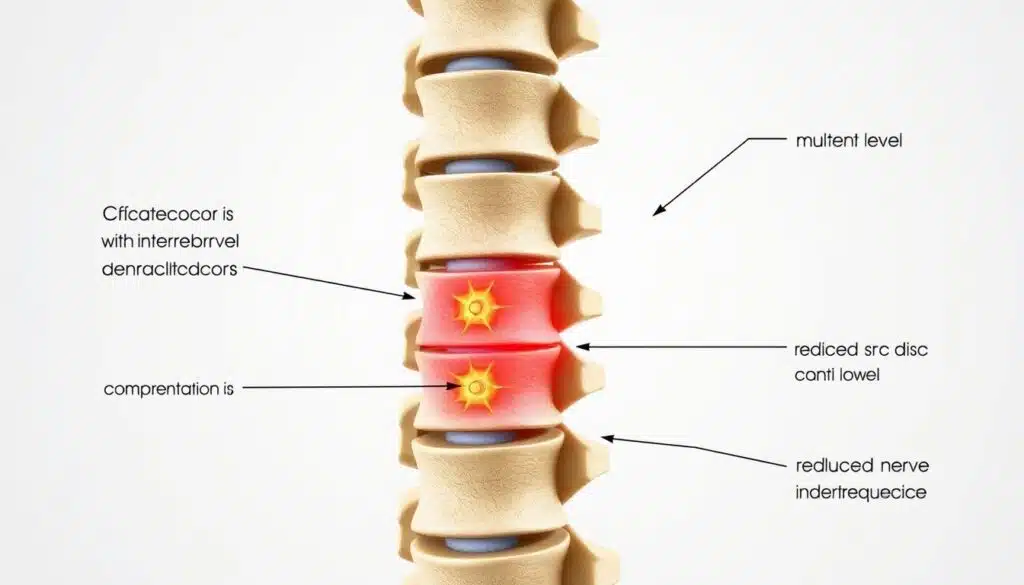
Understanding multilevel and advanced degenerative disc disease is key. It helps those affected know their medical options. It shows how important doctors are in reading symptoms and choosing treatments to keep moving and healthy.
Impact of Degenerative Disc Disease on Daily Life
People with degenerative disc disease in the neck face chronic pain. This affects their daily routines. It is key to understand this for managing symptoms and quality of life.
Challenges in Managing Chronic Pain
Chronic pain is a big issue for those with this disease. It affects both physical and emotional health. The pain makes it hard to enjoy social life, work, and even do simple tasks at home.
Also, the stress from constant pain can make other symptoms worse. This makes managing pain and emotional stress tough.
Lifestyle Adjustments and Activities to Avoid
Knowing what to avoid with degenerative disc disease in neck is key. Some activities make neck pain worse and speed up disc damage:
- Heavy lifting
- Repetitive neck motions
- High-impact sports or activities
Avoiding these helps with life expectancy with degenerative disc disease. Neck exercises and ergonomic workspaces help reduce pain and improve mobility.
Managing this disease well means medical care and changing your lifestyle. Recognizing limits and making smart choices about activities can help people live better, despite the disease’s challenges.
Is Degenerative Disc Disease Hereditary?
Scientists have found evidence that degenerative disc disease might run in families. While how you live and the environment matter a lot, genes play a key role in spinal health. This part talks about the role of genetics in getting degenerative disc disease.
Genetic Factors in Spinal Health
Studies show certain genes could make people more likely to get this disease. They’re looking at how genes and other risks together cause the disease.
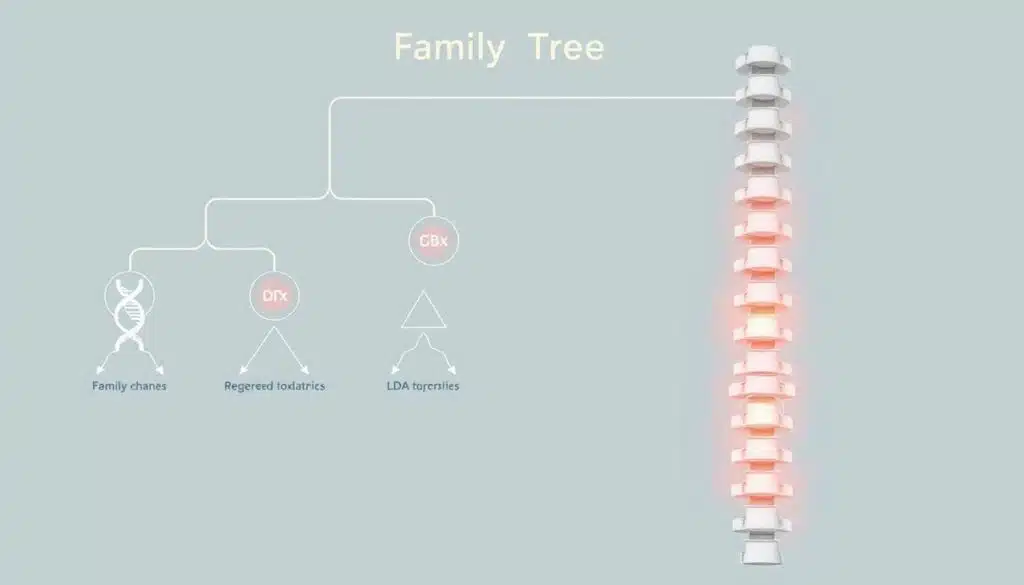
So, is this disease inherited? Studies keep looking at it, but genes seem to matter a lot. Knowing these genes helps scientists understand the disease better. This knowledge could lead to treatments that lessen the disease’s effects.
| Genetic Marker | Association with Degenerative Disc Disease |
|---|---|
| COL9A2 gene mutation | Linked to increased risk of disc degeneration |
| THBS2 variant | Associated with accelerated disc aging |
| Aggrecan gene (ACAN) | Correlated with spinal disc resilience and degeneration |
Research on if degenerative disc disease is inherited is still ongoing. Yet, these genetic markers are very important clues. They help predict the disease and create better treatments.
Diagnosing Degenerative Disc Disease
Diagnosing degenerative disc disease (DDD) depends a lot on high-tech scans. These tools confirm if the disease is present and how serious it is. Knowing the role of each tool is important for patients and doctors.
MRI Diagnosis of Degenerative Disc Disease
An MRI is key for spotting degenerative disc disease. This safe test shows clear pictures of the spine’s soft parts. MRI scans for DDD are great at catching the disease early, even before symptoms show up.
What an X-ray Can Reveal About Degenerative Disc Disease
X-rays are basic but important for finding spine problems, like degenerative disc disease. They mainly show bones but can spot signs of DDD in its later stages. Spotting these signs helps tell DDD apart from other spine issues.
MRI and X-ray together give a full view of degenerative disc disease. They look at both bones and soft tissues. This full picture helps doctors make a correct diagnosis and plan the best treatment.
Improving Quality of Life with Degenerative Disc Disease
Living with degenerative disc disease (DDD) can be tough. But the best treatment for degenerative disc disease uses a detailed approach. This approach helps make everyday life better and lessens pain. It includes new treatments for degenerative disc disease that aim to not just ease symptoms but also significantly enhance life quality.
Getting degenerative disc disease pain relief is key. It goes beyond medicine. It includes physical therapy and changes in lifestyle to ease spinal stress and improve movement.

- Physical therapy: Custom exercises built to strengthen spine-supporting muscles, easing the load on discs.
- Advanced pain management techniques: Uses both old and new methods like nerve blocks and electrotherapy.
- Nutritional support: Getting the right nutrients to help spinal health and overall well-being.
It’s important to look into new treatments for degenerative disc disease. These range from non-invasive methods to possible surgical breakthroughs. Being informed allows patients to make smarter health choices.
| Treatment Type | Benefits | Considerations |
|---|---|---|
| Non-surgical pain relief | Includes physical therapy, acupuncture, massage | Often the first treatment choice, with fewer risks |
| Medications | Pain-relievers, anti-inflammatory drugs | Must watch out for side effects |
| Surgical interventions | May offer long-term relief | Comes with greater risks, needs longer to recover |
Finding the best treatment for degenerative disc disease means learning and adjusting. Each person’s DDD journey is different. They need treatment plans that are tailored to them, focusing on both physical and psychological pain aspects.
Non-Surgical Degenerative Disc Disease Treatments
For those with degenerative disc disease, looking at non-surgical methods is vital. These methods help ease pain and improve movement. They avoid the risks of surgery. This includes physical therapy, structured exercises, and the right meds. Each plays a key role in handling the condition.
Physical Therapy and Exercises for Degenerative Disc Disease
Treatment for degenerative disc disease leans heavily on physical therapy. It aims to lessen pain and stop the spine from getting worse. Adding tailored exercises helps this goal by strengthening spine-supporting muscles and increasing flexibility. Some exercises for degenerative disc disease are:
- Low-impact activities such as walking or swimming
- Core strengthening moves for the lumbar spine
- Stretch routines to keep the spine flexible and less stiff
Sticking to these exercises with a physical therapist’s help can drop symptoms. It can also make life feel better.
Medication and Pain Relief Strategies
When it comes to medication for degenerative disc disease, there are many pain management choices. These include over-the-counter and prescription options. The typical ones prescribed are:
- Non-steroidal anti-inflammatory drugs (NSAIDs) for pain and swelling.
- Muscle relaxants for easing muscle spasms from the disease.
- Antidepressants and anticonvulsants for some chronic pain types.
Always talk to healthcare professionals before starting or changing any medication for degenerative disc disease. Meds need to fit personal health needs and conditions.
When to Consider Surgery for Degenerative Disc Disease
Choosing surgery for degenerative disc disease is a big step. It comes after trying many non-surgical treatments without enough relief. For those suffering a lot, degenerative disc disease surgery might be a big help. This part talks about what surgeries are available and what to think about, especially for degenerative disc disease L5-S1 treatment.
Understanding Degenerative Disc Disease Surgery Options
Deciding on operation for degenerative disc disease involves looking at symptom severity, which discs are affected, and patient health. Common surgeries include spinal fusion and artificial disc replacement. Each surgery is designed to meet the disease’s unique challenges.
L5 S1 Degenerative Disc Disease Treatment
Treatment at the L5-S1 level, the very bottom of the spine, often uses special surgeries. These can be minimally invasive to shorten recovery and increase precision. The aim is to reduce pain and get patients moving again, greatly enhancing lives.
| Treatment Option | Description | Recovery Time |
|---|---|---|
| Spinal Fusion | Fuses the affected vertebrae to eliminate painful motion | 3-6 months |
| Artificial Disc Replacement | Replaces the degenerated disc with an artificial one | 2-4 months |
| Minimally Invasive Technique | Smaller incision and less disruption of surrounding tissues | 1-3 months |
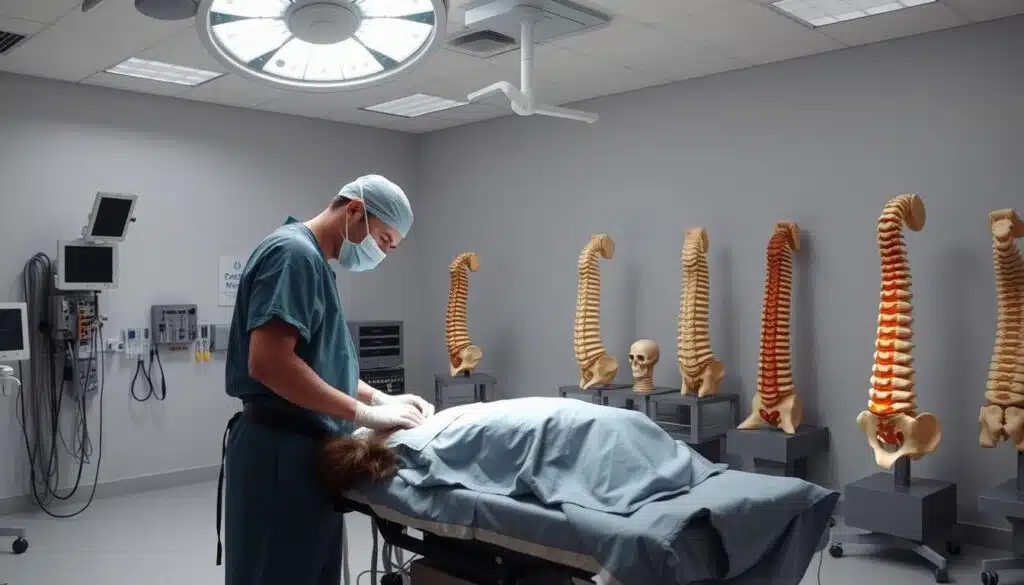
Natural Remedies and Supplements for Degenerative Disc Disease
Exploring natural remedies offers a new way to manage Degenerative Disc Disease (DDD). Adding supplements for degenerative disc disease and doing degenerative disc disease stretches can really help. These steps make symptoms better and improve life.
Dietary Supplements and Nutrition for Spinal Health
Using certain supplements is key in degenerative disc disease natural treatments. Some nutrients support spine health.
| Supplement | Potential Benefits |
|---|---|
| Glucosamine | May help in rebuilding cartilage and delaying the degenerative process. |
| Chondroitin | Often used with glucosamine, supports joint health and reduces pain. |
| Omega-3 Fatty Acids | Can reduce inflammation around the spinal discs. |
| Vitamin D | Essential for calcium absorption, beneficial for bone health. |
| Calcium | Important for bone strength and structure. |
The Role of Yoga and Stretching Exercises
Yoga for degenerative disc disease and stretches are key. They manage pain and make the spine more flexible. These methods improve alignment and reduce disc pressure.
- Child’s Pose: Gentle stretch that helps decompress the entire spine.
- Cobra Pose: Strengthens the spine and helps in restoring natural curvature.
- Supine Knees-to-Chest: Alleviates lower back pain by relieving the pressure on lumbar discs.
Sticking with these stretches and yoga poses can greatly help. They improve flexibility and ease pain. This shows how vital degenerative disc disease stretches are in daily routines.
Conclusion
We’ve learned a lot about degenerative disc disease (DDD). It’s more than just back pain. Knowing the details of DDD helps people manage it better. It’s key to notice the early signs and keep up with new treatments. Also, how you live affects degenerative disc disease.
Testing and treatment options offer hope to those with this long-term sickness. It’s also vital to see that DDD doesn’t have to limit your life. Making good choices and getting the right treatment can make a big difference. It’s crucial to learn about DDD. This knowledge helps you talk better with doctors and take care of yourself.
In the end, beating this illness takes a mix of medical care and lifestyle changes. You need to know a lot, think positively, and be active in your health. With proper info and actions, people with DDD can face their problems head-on. They aim for a life that’s full and healthy, beyond their illness.
FAQ
What are the common symptoms of degenerative disc disease?
Common symptoms include pain in the neck or back that stays. People may feel numbness or tingling in their arms or legs. They might also find it hard to move freely and feel weak.
How does degenerative disc disease affect the lumbar spine?
This disease makes the discs in the lumbar spine lose moisture and become less elastic. This leads to the discs breaking down, causing pain and limited movement. Nerve involvement can happen if the spine structure gets affected.
What are the early signs of degenerative disc disease?
Early signs are back or neck pain that comes and goes, especially in the morning. People may feel stiff but get better with movement. They also experience short periods of minor pain.
Can degenerative disc disease be misdiagnosed as a herniated disc?
Yes, it can be mistaken for a herniated disc, scoliosis, or arthritis because the symptoms are similar. Doctors often use MRI or X-ray images to make the right diagnosis.
Is degenerative disc disease hereditary?
Research shows that genetics may play a role in degenerative disc disease. Some genes might make people more likely to get it. Yet, how people live and their environment matter too.
What treatment options are available for degenerative disc disease?
Treatments include non-surgical ways like physical therapy and medications to ease pain and improve movement. Surgery might be needed for serious cases. Eating right and natural remedies could also help keep the spine healthy.
Are exercises beneficial for managing degenerative disc disease?
Certain exercises can strengthen the spine, helping to lessen symptoms and increase function. It’s important to do these exercises correctly under a doctor’s guidance to avoid harm.
When is surgery considered for degenerative disc disease?
Surgery might be an option if other treatments don’t help relieve the symptoms. It’s also considered if the disease causes a lot of pain, disability, or problems with nerve function. Patients and doctors should decide together on surgery.
Can diet and supplements improve symptoms of degenerative disc disease?
Eating right helps get the nutrients needed for a healthy spine. Some supplements may also help, but their effectiveness varies. It’s best to talk to a doctor to make sure these fit into your treatment plan.
Can lifestyle changes impact the progression of degenerative disc disease?
Yes, changes like keeping a healthy weight, not smoking, sitting right, and regular exercise can manage symptoms. These changes might also slow down the disease’s progress.

